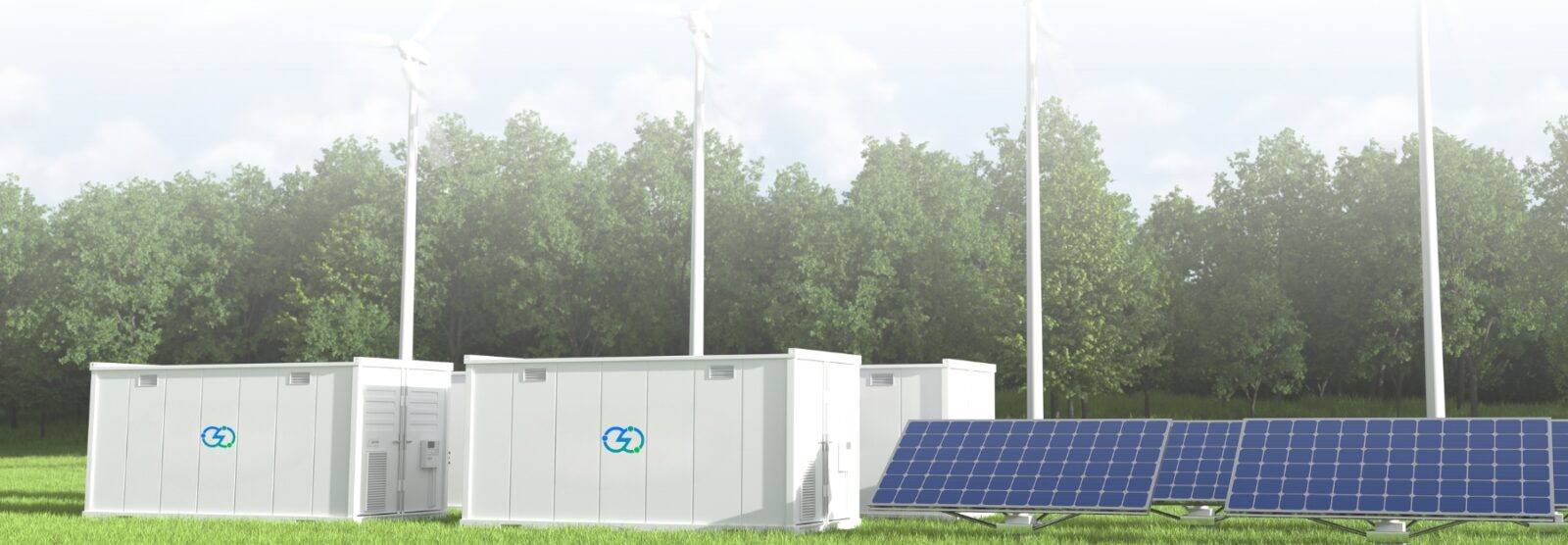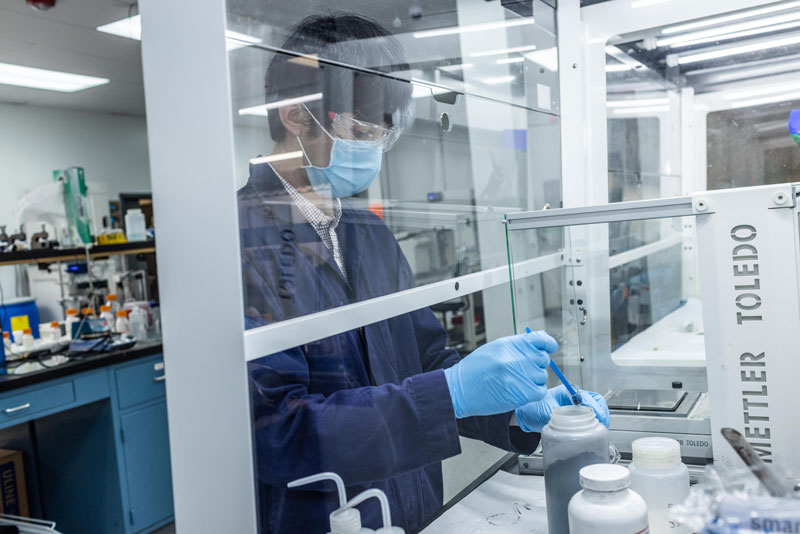Alsym™ Energy has developed a high-performance, non-flammable, and affordable battery chemistry to meet the needs of today’s most demanding energy storage applications. Built from globally abundant, low-cost materials, our non-lithium chemistry delivers energy density approaching lithium-ion, immunity to thermal runaway, and the capability to perform short-, medium-, and long-duration energy storage (LDES) use cases.
Designed for everything from the grid and microgrids to data centers, homes, urban infrastructure, and defense, Alsym batteries are engineered to power a safer electrified future — without compromising on performance or affordability.
Why Alsym?
- High Performance | | | |

High Performance
High Performance
Alsym batteries offer higher energy density than other non-flammable, non-lithium options on the market today. Other benefits include high round-trip efficiency (RTE), long cycle life, and low self-discharge.
High-performance and low cost, Alsym batteries are ideal for grid and home storage applications as well as data centers, oil and gas, mining, manufacturing, ports, and heavy industry. Systems can be used for for peak shaving, load shifting, backup power (hours to days), and voltage/frequency regulation. It’s suitable for both AC grid-tied and DC applications, and can even replace or augment diesel backup generators in microgrid environments.

Non-Flammable & Non-Toxic
Non-Flammable & Non-Toxic
Alsym batteries use a water-based electrolyte that makes the battery incapable of thermal runaway, making it the only option truly suitable for urban areas as well as data center, defense, and home storage applications.
Lithium-ion batteries are inherently flammable and mostly unsuitable for urbanized areas due risk of fires and highly toxic gases. Governments and communities are becoming reluctant to deploy lithium-ion batteries as high-profile storage fires become more common, and some are working to delay or even block new storage installations. Safer options exist, but most have low energy densities and low power with large footprints. This reduces viability in cities where land is expensive–assuming it’s even available. But building large battery installations in rural areas means adding new transmission capability, which is also expensive.

Flexible Wide-Duration Energy Storage
Flexible Wide-Duration Energy Storage
Alsym batteries are a wide-duration energy storage (WDES) solution that provide a level of flexibility and reliability that’s unmatched by current non-lithium solutions. It can be software-configured to fully discharge over any duration from 2 to 110 hours, and can recharge to full capacity in under 4 hours. Support for 2 to 24-hour discharge durations means you can take advantage of rate arbitrage opportunities during hour peak demand periods, as well as support intraday load shifting needs.
Systems with Alsym batteries can even be used to provide continuous power for up to 5 days to address outages brought on by inclement weather or extended periods of low renewable generation. Other multi-day solutions have round-trip efficiencies below 50%, take up to 150 hours to charge, and lose 40% of that charge over 30 days. In comparison, Alsym batteries can recharge to full capacity in under 4 hours and retain 92% of that charge over 30 days to ensure you’re ready for the next outage.

Low Cost
Low Cost
Alsym battery systems combine low installed costs, high energy, and high round-trip efficiency with a minimal footprint to offer low, industry-leading levelized cost of storage (LCOS). Alsym cells are designed to be easily manufactured in lithium-ion battery factories, lowering manufacturing costs and making scaling up production easy compared to other non-lithium options that require custom factories and equipment. This helps to reduce up-front capital expenditures and lowers overall project costs.
Some non-lithium solutions have round-trip efficiencies (RTE) of less than 50% and lose up to 40% of stored energy over 30 days. This means more than half of the energy going in is wasted. In contrast, Alsym battery RTE is similar to lithium-ion and self-discharge is 8% or less per month. This lowers long-term operating costs and increases ROI for developers and grid operators. And with the ability to recharge to full capacity in under 4 hours, operators are able to cycle twice per day to take advantage of arbitrage opportunities.


